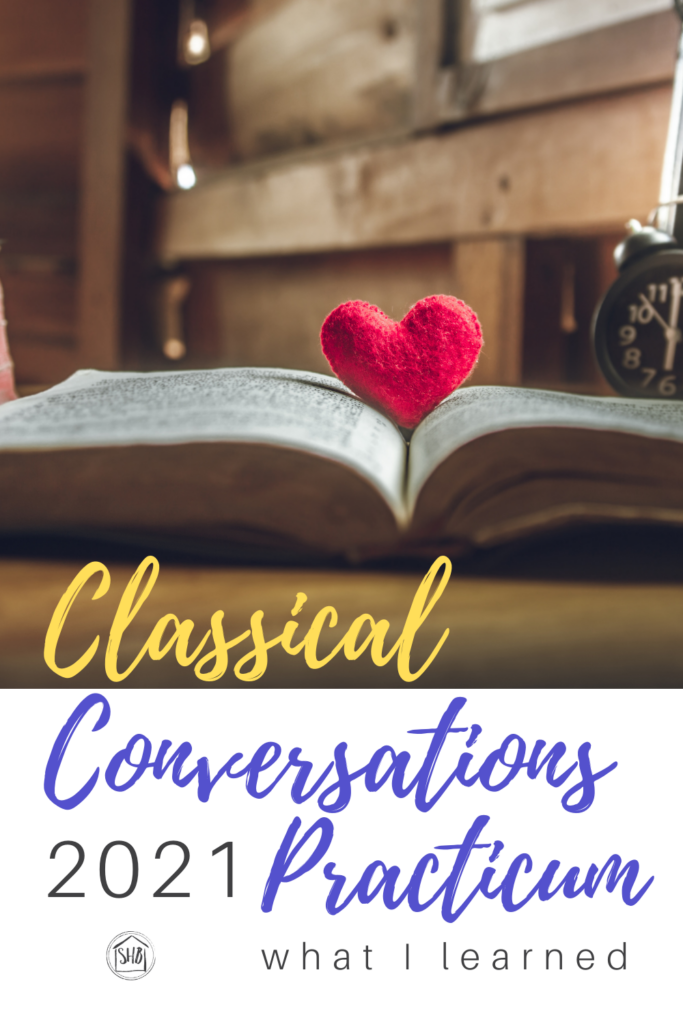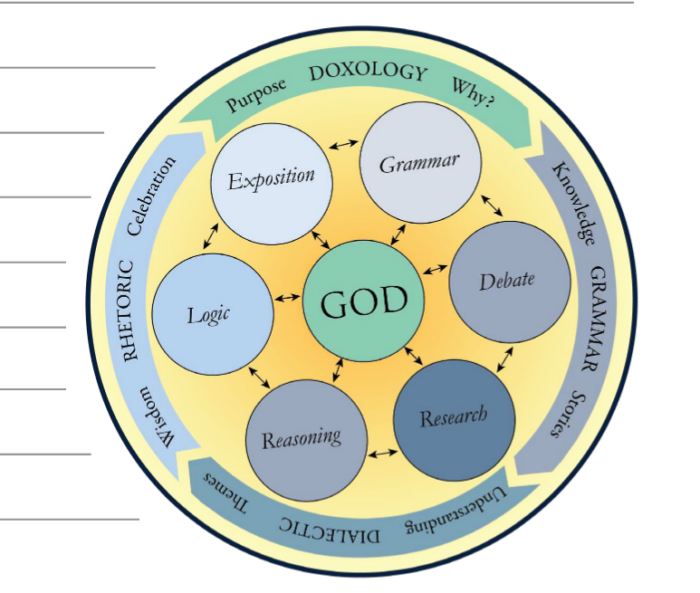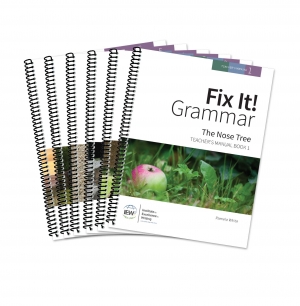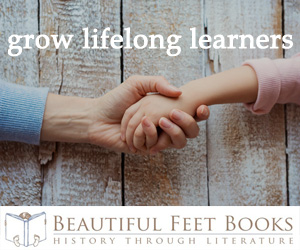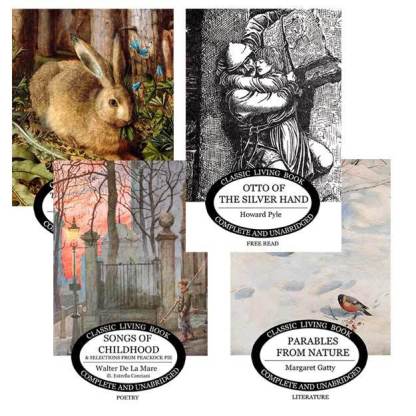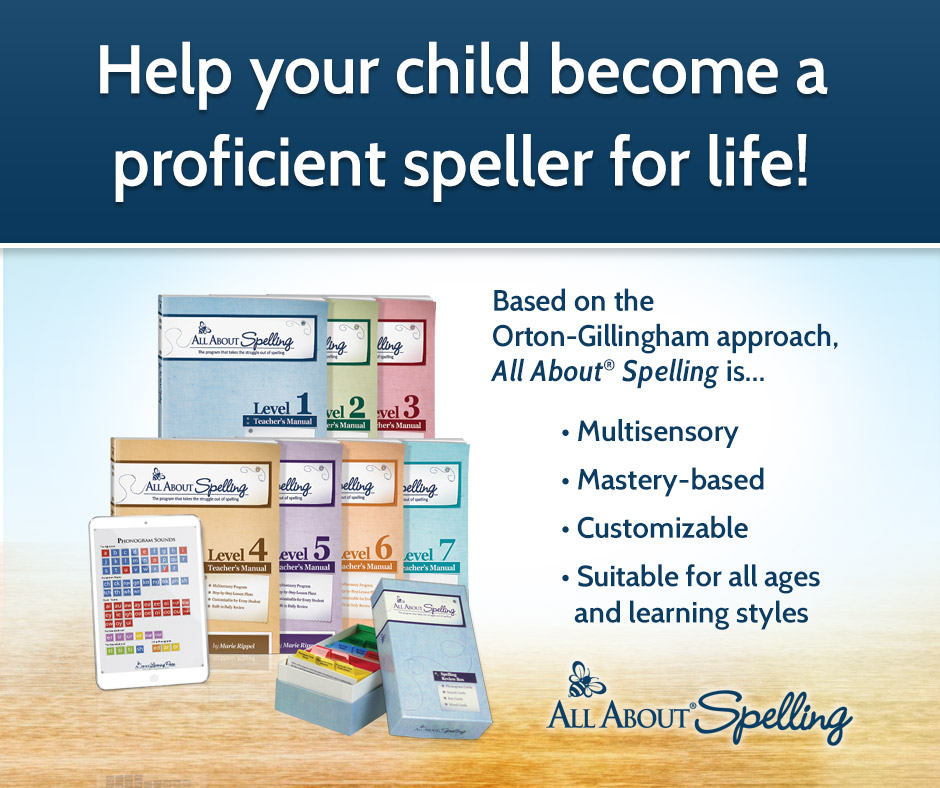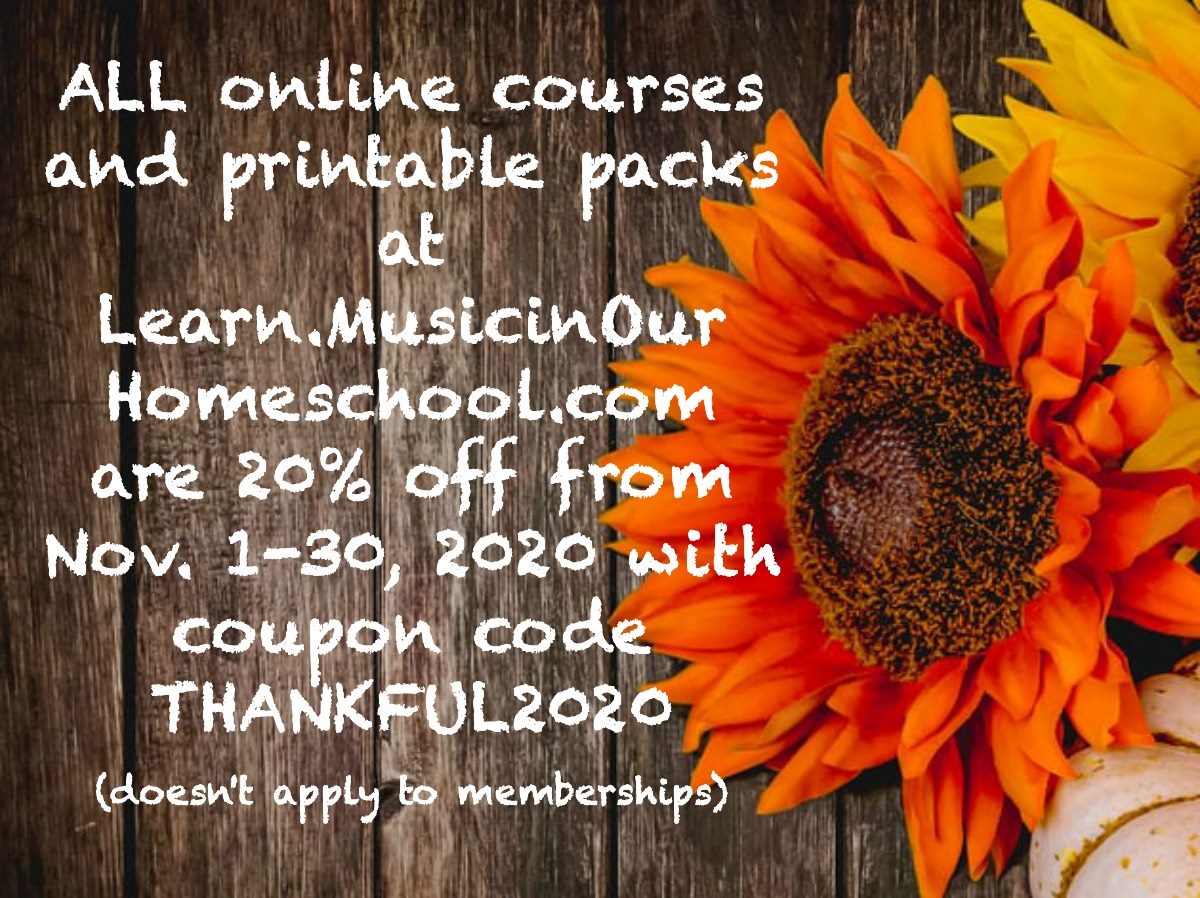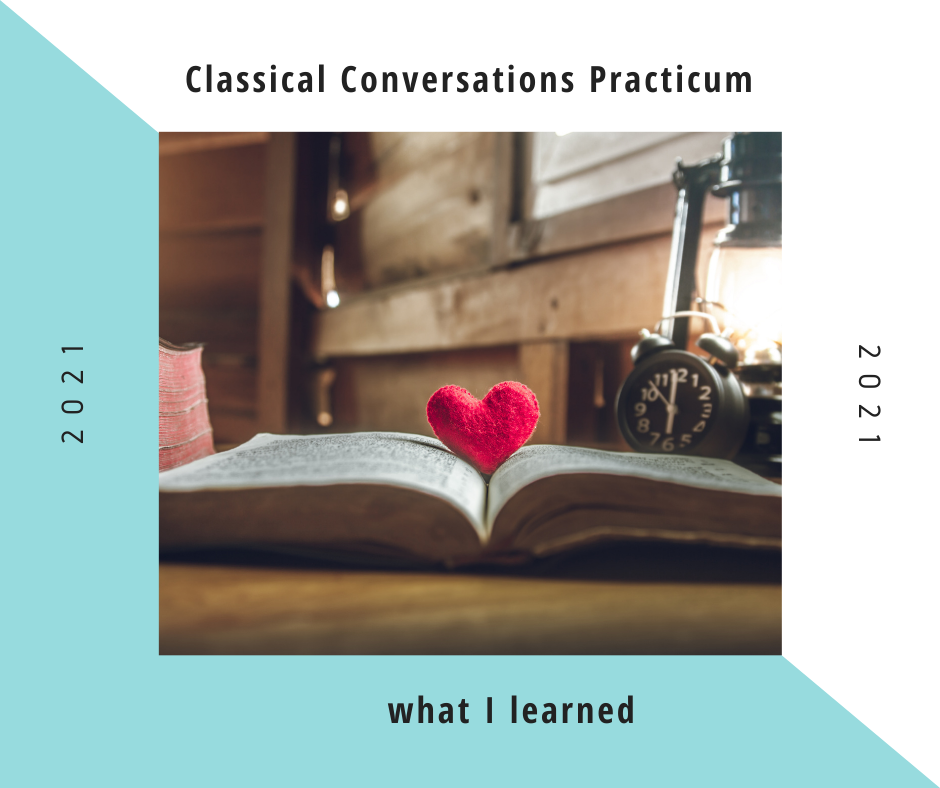
This past Thursday and Friday, we had our Classical Conversations Practicum – both Local and Area. It was my sixth Practicum experience. Each time I go to Practicum, I come away with some things to think about which inform the upcoming year. I love the experience of Practicum!
This year the topic for Practicum was Essentials – the Art of Grammar. Since I am a word nerd, this was right up my alley. Previous years’ topics have not always been so appropriate to my learning style. And yet, stretching my brain muscles in unfamiliar ways has always proven beneficial. Even though grammar is a topic about which I am passionate, I enjoyed stretching my brain alongside my fellow CC mama friends. Along the way, I noticed new things, too.
This post may include affiliate links. If you click and make a purchase based on my recommendation, I get a small remuneration at no extra expense to you. I only recommend things I use and believe to be a blessing.
What is Practicum?
In case you are unacquainted with Practicum, I thought I would share a quick definition. It is not required that you go to Practicum to read my thoughts and insights from Practicum. In fact, most of my takeaways are largely Biblical and educational in general.
Practicum is a yearly set of seminars to help equip parents to teach their kids at home using the Classical model. Each year the same tools are applied to a specific topic. This year, as I mentioned, the topic was Grammar. Since the same tools are used each year, a “been there, done that” mentality might creep in after a couple of Practicums. I assure you, this is rarely the case.
Each year parents are challenged to stretch their brains together to think about the hard things of homeschooling – the reason, the purpose, the goals, and the approach to one’s own homeschool. Then parents are walked through an aspect of that homeschooling journey. Together they discover how to use the tools of Classical education to teach a particular subject. The parents act as learners for the duration of Practicum so they can take what they have learned to their students and become lead-learners.
The idea is not become perfect teachers, but to become better lead-learners alongside our kids. Turning up the delight for learning in our own hearts and minds, and then using our enthusiasm to influence our students toward delight, too.
Education is a Conversation
With that preface of Practicum definitions, I will now turn to what I took away from our Practicum this year.
First up is the Classical approach to education – the conversation.
Most of us did not receive a Classical education. I certainly did not. Public school served me well – as well as it could have, honestly. I was an interested learner – a gift I now realize came from God – who had a small handful of “good” teachers.
I only had one class, one teacher, who allowed our class time to be a conversation. It was by no means a conversation every class period, but at the end of each book we read in our AP English classes, she would have what was called “Inner-Outer Circle.” This was my only exposure in high school to a conversational approach to education. I absolutely loved it!
That said, I knew as I began Classically educating my kids that “Inner-Outer Circle” would not serve 4- and 5- year old students. There needed to be many, many steps between that “end” and our beginning. Approaching their education in a Classical way allowed my kids to enter the conversation immediately.
All I needed to do was ask Questions.
Education is Natural, Not Contrived
This “education is conversation” piece is actually not a new insight for me – just a confirmation. We are on the right track! Each conversation we have had in which I asked more questions and “lectured” less were steps in the right direction! Woohoo! Praise God for confirmation and encouragement.
All this means, in our homeschool, education is natural. Since I am already in the practice of asking questions, I just need to keep up with my kids’ development by continuing to ask questions.
The Practicum this year again confirmed this choice I made a long time ago – to teach my kids by asking questions. It was all about questions – what to ask, how to ask, when to ask. It gave me fresh ideas of how to approach every conversation with my kids.
When we walked through passages of Scripture at Practicum, my choice of inductive Bible study with my kids was confirmed. When we talked about Latin, my choice of Conlatio was confirmed. Many of the choices I have made in my homeschool were confirmed. The confirmation served as encouragement to keep striving to keep at it.
What Rhetoric Looks Like in Real Life
In all the Practicums I have attended in the past, this circle was featured.
Over the years, I have become closely acquainted with the Grammar Stage, followed by the Dialectic Stage, and then the Rhetoric Stage. This year – six years into Practicums – I noticed the top of the circle – the Doxology. Perhaps I saw it for the first time; perhaps I just saw it afresh. I cannot truly tell.
But as I sat and contemplated these stages, I honed in on that Doxology in such a unique and special way.
On day one I got a mental image, which I inartistically drew in my Practicum packet, of mining for a precious treasure.
I drew a diamond at the bottom of a hill, beneath the surface. Behind the hill, on levels descending down to the treasure I placed the grammar, dialectic, and rhetoric stage. Next to the diamond, I wrote the words, “I found it!” I could have just as easily written, “Aha!” or “Erueka!” or “Hallelujah!”
Then I drew an arrow back up to the surface, tracking through the grammar, dialectic, and rhetoric stages once more. At the top of the hill, I wrote the words, “I have found it!” I could have easily written the words, “Look at what I found!” or “Rejoice with me, for I have found treasure!”
The Missing Piece of Homeschooling
This image pictured in my mind the piece missing in many a homeschool. A missing piece which, oddly enough, most people consider to be not a part of Classical homeschools. That piece – Celebration – is something which has been on my heart and mind for quite some time. I wrote an article about it earlier this year and also shared how I do this personally in my preparations each week for our homeschool.
Lately I have been thinking about (and writing in some spaces) about our children’s “joy in knowing.” The natural outpouring of “having the right answer” or of “knowing” some small fact about something is simple celebration. Celebrations may look different depending on how hard fought the knowledge was. A smile, a laugh, a dance – all these look like celebration even in the earliest years. Later, presentations which went well, debates won, and graduation caps and gowns represent a different kind of celebration.
But I liked this new picture of celebration gained from Practicum – celebration which comes at the end of learning and then drives the learner back in for more, with friends!
Digging for treasures was a long, hard slog which produces an internal celebration. Then over time, the learner discovers how to express that celebration to others. Her excitement over gained knowledge serves to magnify the treasure such that others want to dive into the treasure hunt, too. Then she leads others back down into the mouth of the cave searching for more!
I think the reason this resonated so much with me is my years of attending and leading Bible studies. I always joked with my friends, “I have such profound things to say about Scripture -things like, ‘Isn’t that awesome?!’ and ‘It’s just so good!'” Profound I am not, and I know it!
But the excitement, the celebration of the beauty, truth, and goodness of God and His Word was what drove me to fill journals with discoveries, to express joy to others, and to lead others to know how to search out similar treasures for themselves. It is also what keeps me at it. All these years of studying the Bible and I still have not plumbed the depths of its goodness.
Day Two – Still Making Discoveries about the Rhetoric Stage
On day two of our Practicum we applied these principles – the questions, the conversations – to real life examples with an emphasis on how to take this home and use it in our homeschools. We started, of course with the grammar and dialectic stages of learning.
Since I have students who are in these stages of learning, I truly got it. I know how to have conversations with them to draw out learning and understanding. It sort of was a checked box.
But as we progressed through the day, one of the speakers posed the question, “What does this look like in the rhetoric stage?” Various answers abounded and the discussion was fruitful.
Suddenly, it dawned on me!
In order to tell you my discovery, I need a preface – of course! Don’t worry this will be quick.
- The grammar stage is interested in the learning of basic information. If we were to compare it to one of the stages in pursuit of wisdom mentioned in the Bible, it would be the Knowledge Stage. The primary questions in this stage begin with: what, when, who, and where.
- The dialectic stage is interested in the understanding of basic information. If we were to compare it to one of the stages in the pursuit of wisdom mentioned in the Bible, it would be the Understanding Stage. The primary questions in this stage shift from what, when, who, and where to: why and how.
Not quite lastly, the rhetoric stage is interested in the knowing of basic information. If we were to compare it to one of the stages in the pursuit of wisdom mentioned in the Bible, it would the the Wisdom Stage. Here the questions are answered, the truth has been presented. There is only one question left – “Do I believe this?” One attains wisdom when she bows the knee to truth.
The process which has gone before in attaining wisdom has:
- sorted out truth from error, and
- shown the truth to be true – all through questions.
The last stage is the decision point for the student – “Will I agree with God about what is true, beautiful and good?”
Only at this stage, with all the facts laid out and sorted in their proper order, can one make an informed decision to agree or disagree.
That agreement with God – that choice – leads so incredibly naturally to the top of the circle – doxology, PRAISE! When one has bowed one’s knee to truth, she is in the proper position to worship – to magnify God’s Truth.
This – doxology, worship, praise, adoration – this is why our children delight in “the knowing.” God has pre-wired them (and us) for praise!
The catechism question: “Why did God make you and all things?” is answered appropriately – “For His own glory!” This last step turns us from students into worshippers.
Can you see how this praise of God leads the adorer to want to get more – to dive back in, in search of even more glorious truth?
Isn’t it beautiful? Doesn’t it give you encouragement to continue on the Classical homeschooling journey?
Is this your first time reading my thoughts on Classical education? Want to hear more? I am by no means an expert, but I have put a lot of thought into these posts:
- On Classical Education and Classical Conversations
- Charlotte Mason in our Classical Homeschool
- Combining Classical Conversations & Charlotte Mason in Upper Elementary
- The Pillars of Our Homeschool – Simple Homeschool Planning – Classical Conversations
- On Incremental Development & Saxon Math
